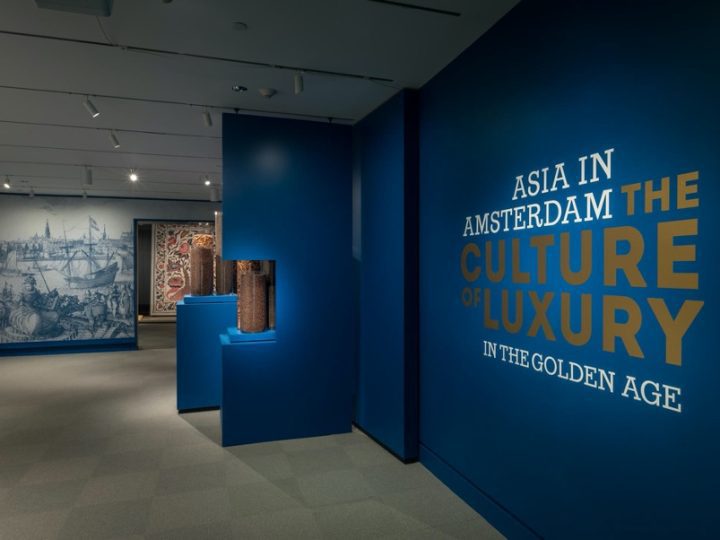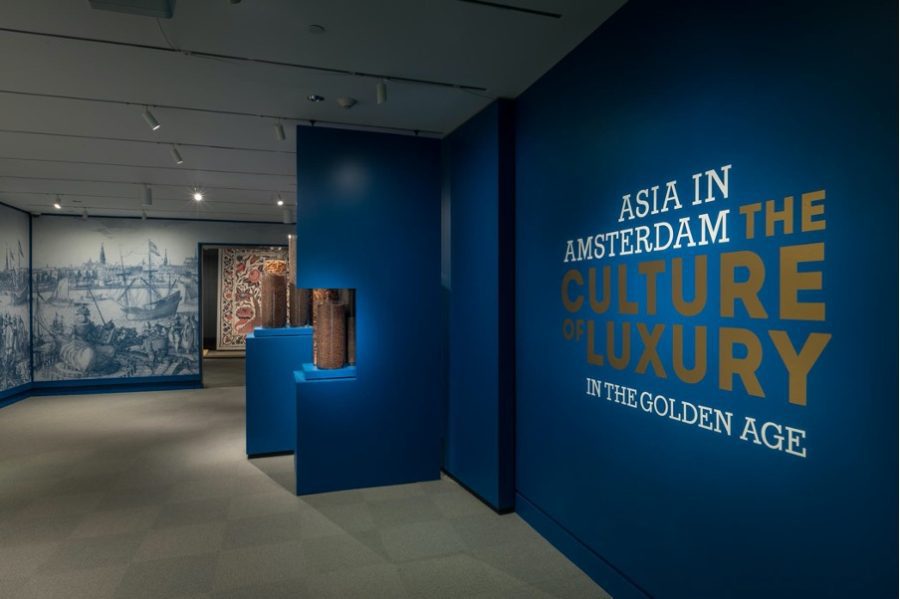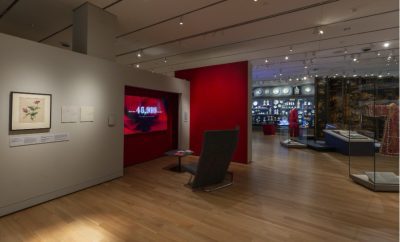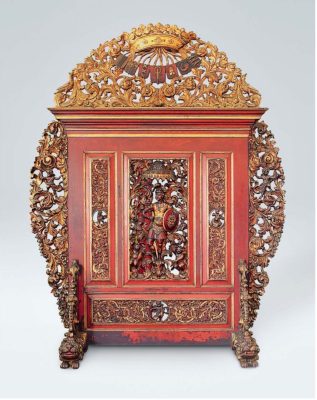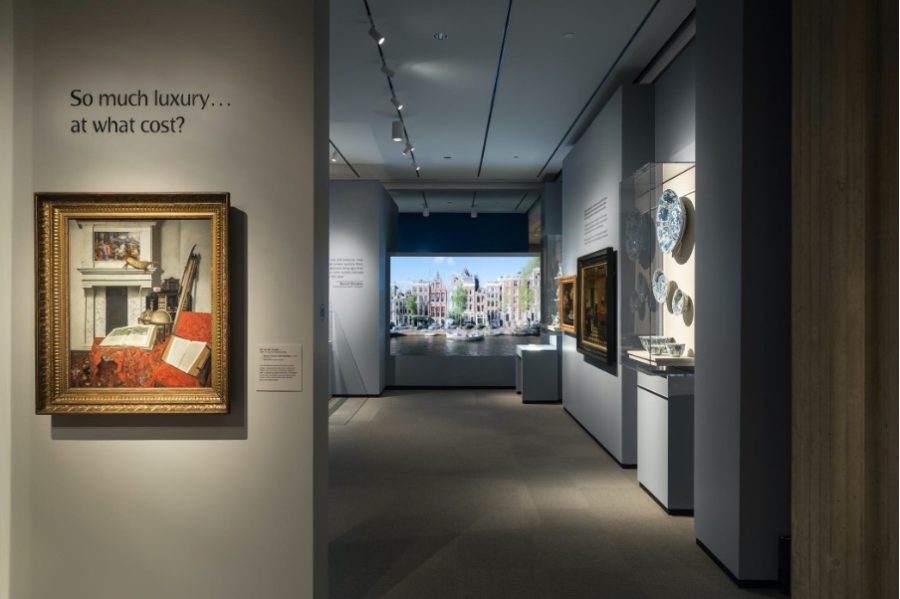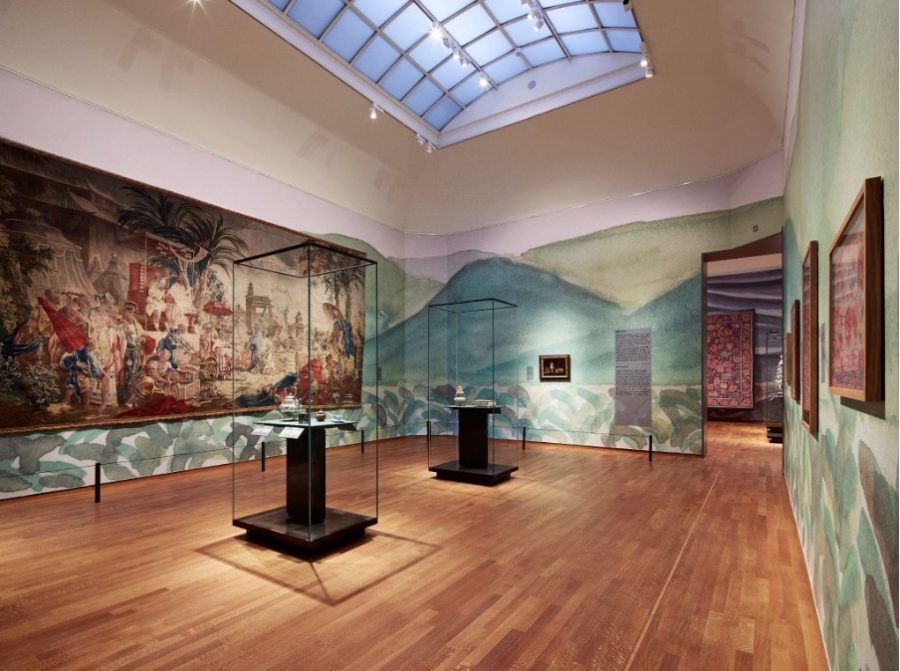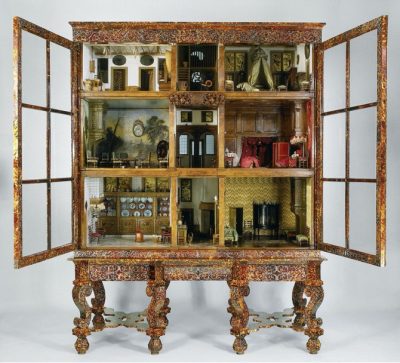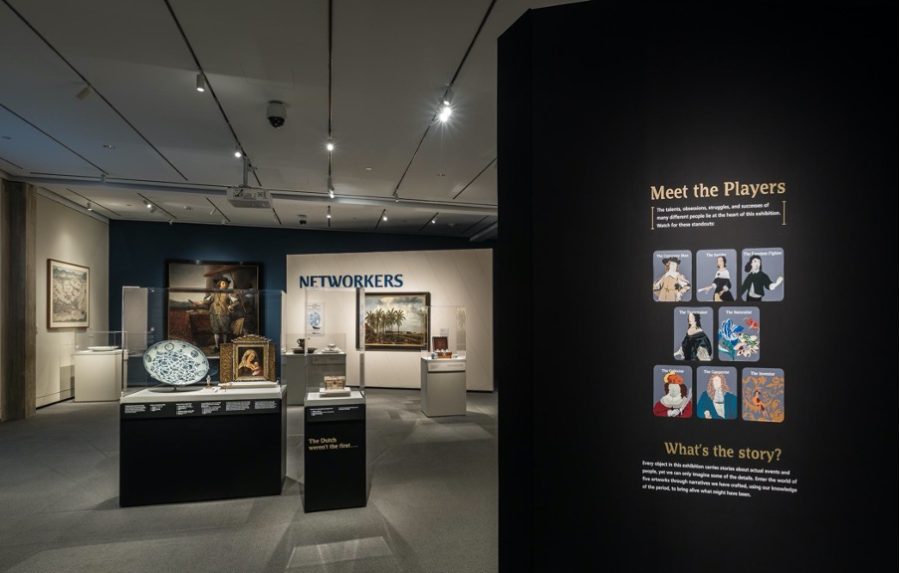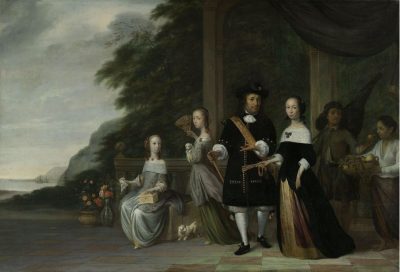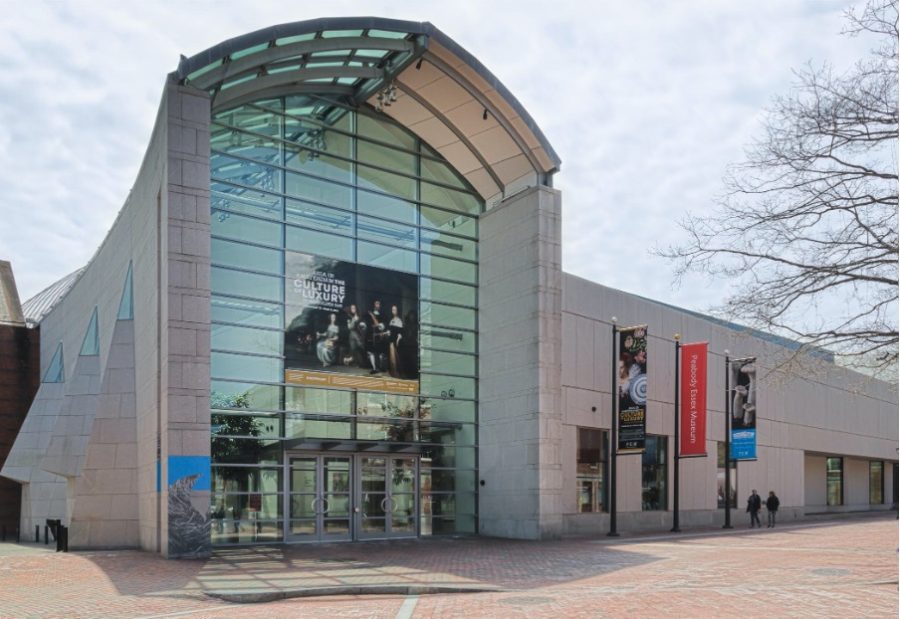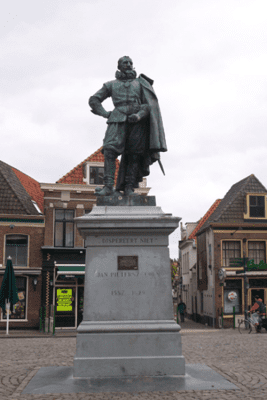As the cultural sector continues to grapple with the exclusionary practices that structure museums, which the transformative events of 2020 made all the more urgent, JHNA commissioned two roundtables to reflect on the challenges of curating Northern European art. The first, “Expanded and Expanding Narratives in the Museum,” published in the summer 2021 issue, united four curators in discussion about the evolving trajectory of art history and the possibilities for new narratives in exhibitions and installations.
The second roundtable concentrates on the groundbreaking exhibition Asia in Amsterdam: The Culture of Luxury in the Golden Age, organized in 2015–16 by the Rijksmuseum and the Peabody Essex Museum in Salem, Massachusetts. The exhibition brought together a wide range of exquisite objects, from porcelain and furniture to jewelry and paintings, as a lens through which Dutch culture of the seventeenth century could be deconstructed within a framework of global networks. The accompanying catalogue foregrounded the historical context of the Dutch presence in Asia and articulated the diverse nature of Batavian society, thereby broadening consideration of the consumption of such luxury goods in Amsterdam. Yet even in the seven years since the exhibition opened, conversations around fundamental issues, such as the use of the term “golden age,” and the recognition that the harms of the past live on in the present of underserved populations, have radically expanded the understanding of what an exhibition of Dutch art should and can do. The discussants in this second roundtable, which included two co-curators and a member of the advisory committee from the cultural sector in Indonesia, reflect on the humility and resourcefulness necessary to present shameful racist and colonialist histories, the impact of sharing personal—rather than merely collective—stories in the galleries, and the need for museums to participate in the healing of historical wounds, all while maintaining their commitment to scholarly rigor and ethical standards. They addressed new research and presentation methodologies that inherently expand inclusiveness and surface new types of historical data, leading to a more people-oriented, rather than object-oriented, presentation of art history. Both conversations, edited and condensed for clarity for publication in JHNA, were organized and moderated by Dr. Yao-Fen You, in her capacity then as the Acting Deputy Director of Curatorial and Senior Curator and Head of Product Design and Decorative Arts, Cooper Hewitt, Smithsonian Design Museum, New York.
